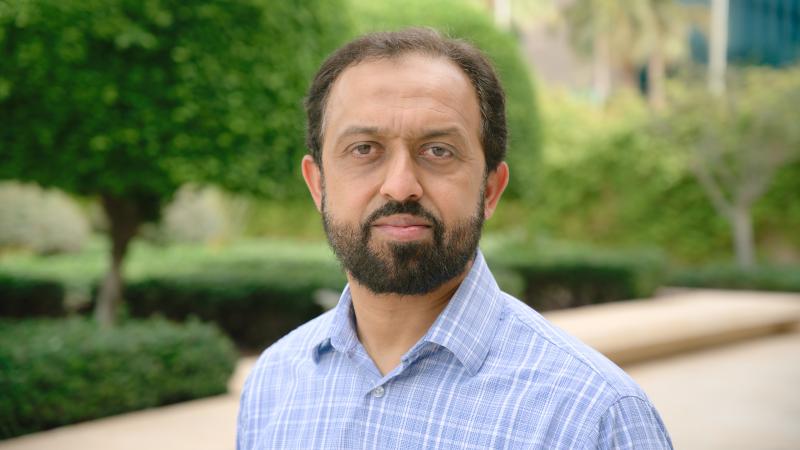Event Start
Event End
Location
Abstract
Array antennas with reconfigurable frequency and polarization, as well as beam-steering capabilities, have become essential for modern wireless systems. Beyond potential cost and space savings, these versatile antennas are expected to enhance both the performance and the security of wireless communication. Traditional designs rely on a large number of active elements for this purpose, resulting in an expensive solution that also leads to complex feeding and biasing networks. Alternatively, reconfigurable operation in microwaves can be achieved through magnetic tuning of ferrite substrates, eliminating the need for active components. Further cost savings can be achieved if additive manufacturing is adopted. These two approaches will be utilized in this dissertation to develop a cost-effective and structurally simple phased array antenna with the desired level of versatility.
To achieve this objective, the dissertation initially focuses on the development of a planarly integrable magnetic phase shifter. Magnetically tunable phase shifters are most effective when implemented in metallic waveguides fully loaded with ferrite. To make these phase shifters planarly integrable, substrate-integrated waveguide (SIW) topology has been adopted in previous works, but SIW fabrication is complex because of many vias required to establish the side walls. To tackle this issue, this dissertation investigates the use of inkjet printing to realize a true waveguide directly on a ferrite substrate, eliminating the need for vias and facilitating its planar integration. At the same time, this fabrication approach leads to fully ferrite loaded waveguides, which maximizes the phase shifting performance and results in measured peak figures of merit (FoM) of 160 deg./dB in reciprocal and 332 deg./dB in nonreciprocal modes of operation, thereby surpassing the performance of previously published designs in both modes.
The developed phase shifter is then monolithically integrated with a patch antenna on a ferrite substrate through a combination of inkjet and screen printing processes. Three of these RF chains are used to build a phased array antenna. This design approach fully harnesses the benefits of magnetic tuning and results in a versatile array antenna that, with independent magnetic biasing at the patch and phase shifter regions, can scan the beam (+/-25 degrees of the boresight, +/-35 degrees when fully saturating the ferrite at the phase shifters), tune the frequency, and adjust the polarization (LP, RHCP, LHCP) simultaneously. To the best of the author's knowledge, this is the first implementation of an additively manufactured and fully magnetically controlled array antenna with this level of versatility.
The first two contributions discussed above are based on rigid and inflexible ferrite substrates. Many emerging applications demand flexible and printed electronics, which can also be reconfigured. To the author’s knowledge, no existing magnetic materials meet this criteria. In response, this dissertation, as a last contribution, introduces an experimental magnetic paste. The paste is developed by embedding a silicone rubber matrix with FeO particles, facilitating the production of magnetic substrates that are both magnetically tunable and mechanically flexible. To prove the feasibility, the newly developed magnetic paste, in conjunction with screen-printable silver paste, has been used to realize fully-printed and magnetically tunable phase shifters.
The designs and results presented in this dissertation are encouraging and suggest that by utilizing additive manufacturing techniques for fabrication and relying on ferrite substrates for tuning purposes can pave the way to cost-effective, magnetically reconfigurable and flexible microwave components and systems.
Brief Biography
Ulan Myrzakhan is a Ph.D. student working with Integrated Microwaves Packaging Antennas & Circuit Technology Research Group under the supervision of Prof. Atif Shamim at King Abdullah University of Science and Technology (KAUST). His research interests include the design of reconfigurable antennas and devices, with a focus on utilizing additive manufacturing techniques for fabrication and ferrite materials for tuning.


